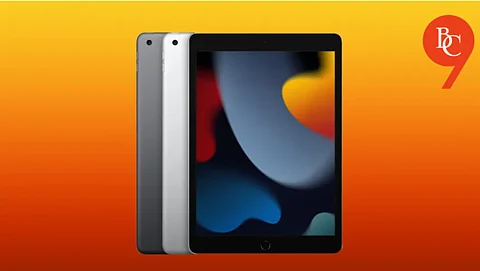

As Apple continues to blur the lines between its hardware platforms, one question keeps surfacing among tech enthusiasts and professionals alike: Why don’t iPads simply run macOS? With the latest iPad Pro models now boasting Apple’s most advanced M4 chips—on par with or even surpassing some MacBooks—many wonder why Apple insists on keeping iPadOS and macOS as separate operating systems. This week, Apple executives finally shed light on the company’s philosophy, revealing a carefully considered strategy that goes far beyond mere technical limitations.
At the heart of Apple’s decision is a belief that iPadOS and macOS serve fundamentally different purposes. In an exclusive interview, John Ternus, Apple’s Senior Vice President of Hardware Engineering, explained, “The iPad is about direct interaction, creativity, and versatility. We designed iPadOS to deliver a touch-first experience that feels intuitive whether you’re sketching, reading, or editing video with your finger or Apple Pencil.”
Unlike macOS, which is optimized for keyboard and mouse input, iPadOS is built from the ground up for touch, gesture, and stylus controls. This focus allows Apple to create unique features—like Stage Manager, Split View, and the new Apple Pencil Pro capabilities—that wouldn’t translate seamlessly to a desktop environment.
Apple’s hardware advancements have made iPads as powerful as many laptops, but the company insists that raw performance is only part of the equation. “It’s not about what the hardware can do, but what the user wants to do,” said Craig Federighi, Senior Vice President of Software Engineering. “People choose iPad for its simplicity, portability, and the immersive, app-centric experience. Running macOS would compromise that vision.”
Federighi pointed out that macOS carries decades of legacy features, file system complexity, and multitasking paradigms designed for a different kind of workflow. “If we just put macOS on an iPad, we’d lose what makes the iPad special. Our goal is to let each platform play to its strengths.”
Apple’s strategy is also about giving users choices within a unified ecosystem. By keeping iPadOS and macOS distinct, Apple can offer a spectrum of devices tailored to different needs—without forcing users into a one-size-fits-all solution. The iPad excels at content consumption, creative tasks, and light productivity, while the Mac remains the go-to device for heavy multitasking, software development, and advanced workflows.
This approach also fosters innovation. Features like Universal Control, which lets users move seamlessly between Mac and iPad with a single mouse and keyboard, showcase how Apple is focused on integration rather than convergence. “We want our devices to work together, not become the same device,” Ternus emphasized.
Apple acknowledges that some users crave the flexibility of macOS on iPad hardware, especially as the lines between tablets and laptops continue to blur. However, the company believes that the best way forward is to keep refining each platform for its core audience. The recent updates to iPadOS, including enhanced multitasking, pro app support, and new developer APIs, demonstrate Apple’s commitment to pushing the iPad’s capabilities without sacrificing its identity.
